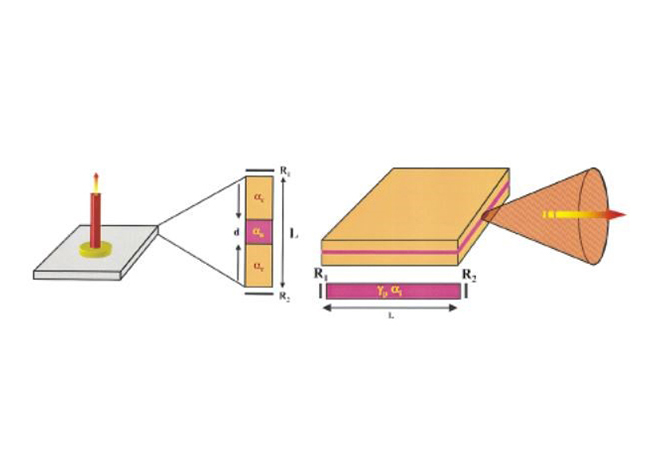First proposed in 1977 by Japanese researcher Kenichi Iga, the vertical-cavity surface-emitting laser (VCSEL) would have characteristics similar to light-emitting diodes and could be coupled to optical fibers. Over the next decades, a small research community began chipping away at the technical challenges it would take to produce practical VCSEL devices.
But not until 1989 when DARPA began a series of programs that would support, among other technology goals, the government-wide High Performance Computing and Communications (HPCC) Initiative, did the financial and institutional resources become adequate to move technical promise toward technological reality. VCSELs could provide short-distance, high-speed digital interconnections that would be important to meet goals of the HPCC initiative. One thrust of this effort led to the formation of the Optoelectronic Technology consortium, which led to an industry-stimulating demonstrating of multi-gigabit optoelectronic interconnect components that were based on VCSELs. At this point, still with some DARPA support, industry began to take the development baton.
By 2000, VCSELs began to emerge from their developmental status into applications in fiber-fiber interconnections, optical data storage, and sensing applications. They later subsequent find roles in technologies, such as free-space chip-to-chip communications and atomic clocks, which were supporting or leading players in later DARPA programs.
